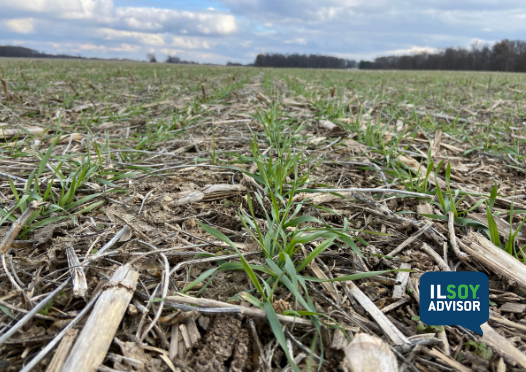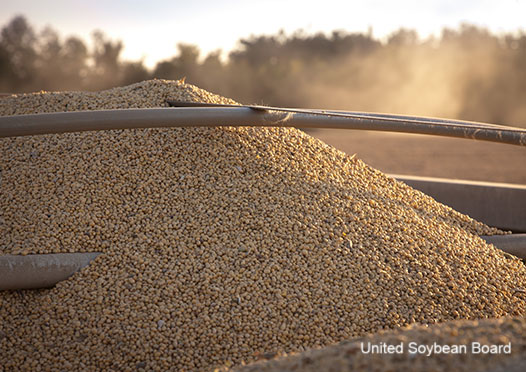ILSOYADVISOR POST
What is Liberty Herbicide
Maybe in 2017 it’s time to take a hard look at using the LibertyLink® system to combat weed resistance and make it part of your herbicide rotation plan. Liberty® and LibertyLink crops are more relevant now than ever before. With a lot of resistant weeds, growers need a way to rotate away from glyphosate and use an additional solution for managing herbicide resistance.
LibertyLink soybeans first hit the market back in 2009 and 2010, quite a while after LibertyLink corn arrived. But they weren’t planted across any large acreage until waterhemp and Palmer amaranth became such weed problems and glyphosate solutions were no longer working. And unlike Roundup® , there is no known resistance to glufosinate to date while glyphosate resistance is very well known and plagues most corn and soybean farmers.
LibertyLink corn and Liberty herbicide were both launched back in 1996 and some research was then being conducted into LibertyLink soybeans, but they were never launched. Liberty is a non-selective, post-emergence herbicide. The active ingredient in Liberty is glufosinate. While it may seem that glufosinate and glyphosate (active ingredient in Roundup and its generic products) are similar because of their names, they are different chemical compounds and behave differently in the plant which means they must be managed differently to optimize performance.
The commonalities are both are post herbicides and both are non-selective, but the modes of action are different: glyphosate is systemic while glufosinate is a contact herbicide. Glufosinate must contact the leaves and kills tissue that it contacts. It shows signs of action within 3 to 4 days, faster than glyphosate, but it must be applied differently than glyphosate for good results.
Glufosinate is a glutamine synthase inhibitor while glyphosate is an EPSP (5-enolpyruvylshikimate-3-phosphate) synthase inhibitor. The only thing the two herbicides have in common is they inhibit amino acid synthesis, however, not the same amino acids. And the herbicides are not interchangeable. If glyphosate is used on LibertyLink varieties, those varieties will die. Likewise, if Liberty is used on Roundup Ready® (RR) varieties, those varieties will die. I experienced that when a Co-op incorrectly sprayed it on two fields of corn on our farm, killing them both.
Glyphosate can be applied with 10 gallons of water or less while glufosinate needs 15 gallons of water or more. For glufosinate to be effective, complete plant coverage is more important than for glyphosate. Bayer CropScience likens management to the word STOP.
- 'S' stands for starting early and having a plan that includes knowing target weeds, resistance weeds and residuals, and starting with a clean field.
- 'T' stands for targeting weeds at 3 inches in height when they are very vulnerable to control.
- ‘O' is for optimal coverage and means using nozzles that deliver medium-sized droplets and a minimum of 15 gallons of water per acre.
- 'P' is for partnering with a residual herbicide and using multiple modes of action in the field.
Liberty can be as effective as glyphosate when the rate and application method is correct. Liberty is generally better on broadleaf weeds, but not as good on grasses and perennials because it is not systemic. Glyphosate is known to be a good grass killer and that trait continues to be one of its value propositions in today’s challenging weed control efforts.
Incorporation of LibertyLink soybeans into a weed control system enables growers to continue to enjoy the same benefits as glyphosate, like less tillage, labor and management ease, while controlling Roundup Ready volunteers and weeds which have become tolerant of or resistant to glyphosate.
Soybean agronomist Daniel Davidson, Ph.D. posts blogs on agronomy-related topics. Feel free to contact him at djdavidson@agwrite.com or ring him at 402-649-5919.





Comments
Add new comment